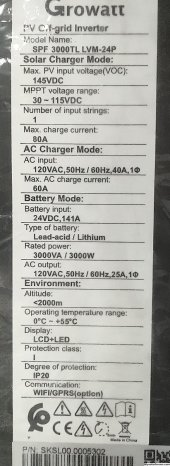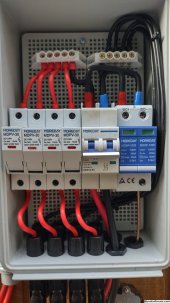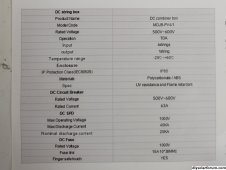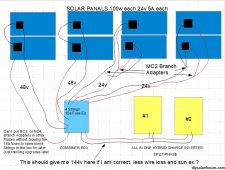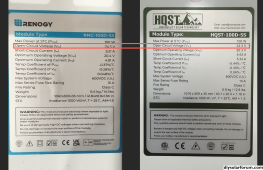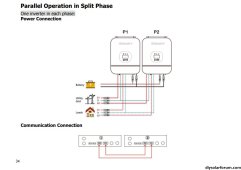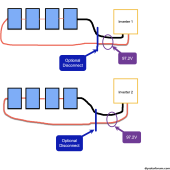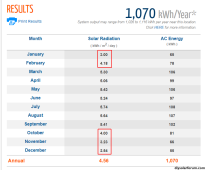Robbober
New Member
Been working on this going on 3 years now, getting things when i can, and reading and watching videos but would like my diagram checked. always better to be checked and corrected them to burn everything up or worse. I do have other things I am not showing like 4 new 12v LifePO4 100AH battery's that I will wire to 24v, I know should have gotten bigger ones but got them for just under $200 each brand new could not pass them up. also have inline Diode fuses that I was told are better, maybe not? Disconnect switches ex. but my concern rite now is to get the panels up and wired before the snow comes then I can work on the inside wiring and such in the shed. Please tell me anything you see wrong, I would rather know now then after its too late.



